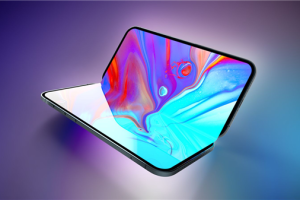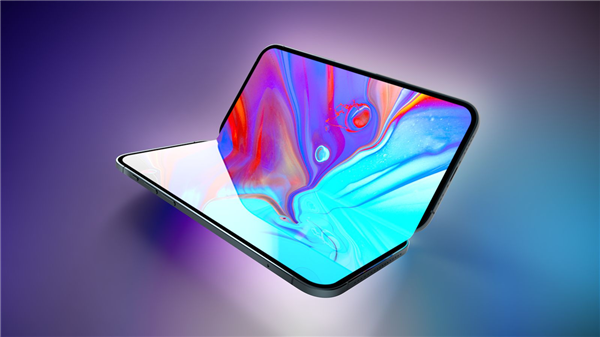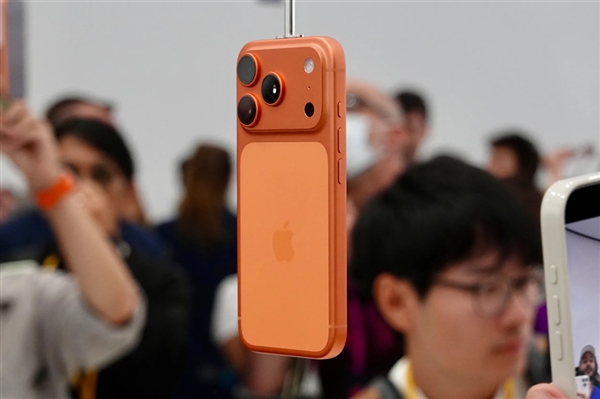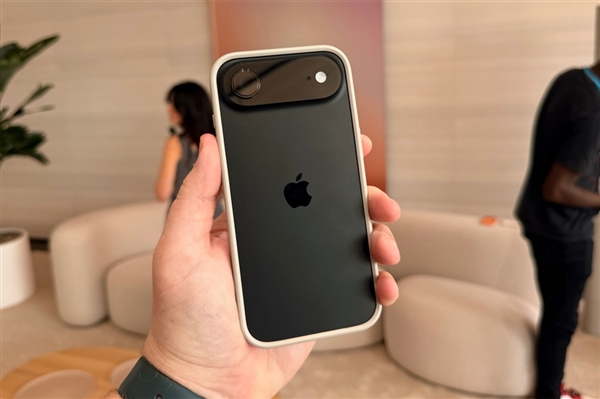October 25, 2025 – According to a recent blog post by tech media outlet Appleinsider on October 23, insiders from Apple’s supply chain have revealed that the company has initiated a recall of certain iPhone 17 Pro and iPhone 17 Pro Max devices reported to exhibit color discoloration. These devices are being sent back to Apple’s engineering team for thorough evaluation to pinpoint the underlying cause.
Sources indicate that Apple is actively investigating the issue and working to resolve it. Given the relatively small number of reported cases, it appears that this is not a widespread defect but rather a limited manufacturing flaw affecting a small batch of devices.
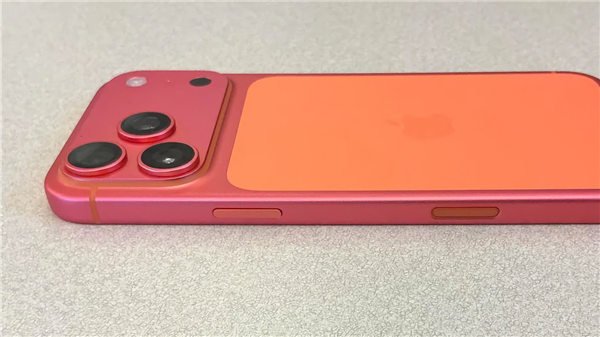
Appleinsider reassures potential buyers that the Starry Orange variants of the iPhone 17 Pro and iPhone 17 Pro Max can be purchased with confidence. The likelihood of encountering the discoloration issue is extremely low, and in the unlikely event that it does occur, Apple stands ready to provide comprehensive after-sales support.
The media outlet conducted an in-depth investigation into the discoloration phenomenon and consulted with multiple experts. Their findings suggest that the issue is likely not due to user mishandling but rather stems from a potential flaw in the manufacturing process.
To understand the root cause of the discoloration, it’s essential to delve into how the Starry Orange finish is achieved. For the iPhone 17 Pro, Apple transitioned from titanium to aluminum for the body material to reduce weight and improve heat dissipation. However, aluminum cannot be colored effectively through traditional painting methods. Instead, Apple employed a sophisticated “aluminum anodizing” process.
This process begins with cleaning and etching the aluminum surface to remove impurities and the natural oxide layer. The aluminum is then immersed in an electrolyte solution and subjected to an electric current, which forms a uniform, porous layer of aluminum oxide on the surface. This porous structure acts like a sponge, ready to absorb color.
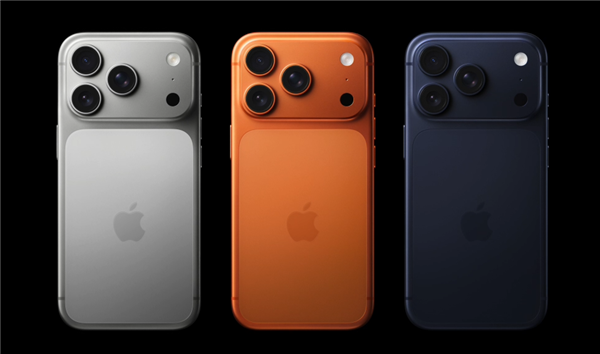
After the porous oxide layer is formed, orange dye is injected into these microscopic pores to achieve the desired color. The final and most crucial step in this process is “sealing.” Through specific chemical and physical treatments, the microscopic pores on the aluminum surface are closed, locking the dye inside and forming a durable protective layer that shields the surface from environmental factors.
If the sealing process is not executed correctly—due to incorrect sealing agent composition, contamination during the process, or simply skipping this step—the porous surface remains open. This is the primary reason for the discoloration observed in some iPhone 17 Pro devices.
An aluminum surface that hasn’t been properly sealed continues to absorb any substances it comes into contact with, including moisture from the air, oils and sweat from hands, and even sunlight, which can cause fading. The uniform color change observed in the affected devices contradicts the theory of improper cleaning by users, as localized wiping would not result in such consistent discoloration. Material engineers analyzed the situation and concluded that the even fading is more likely due to a sealing failure, leading to uniform bleaching under normal lighting conditions.



